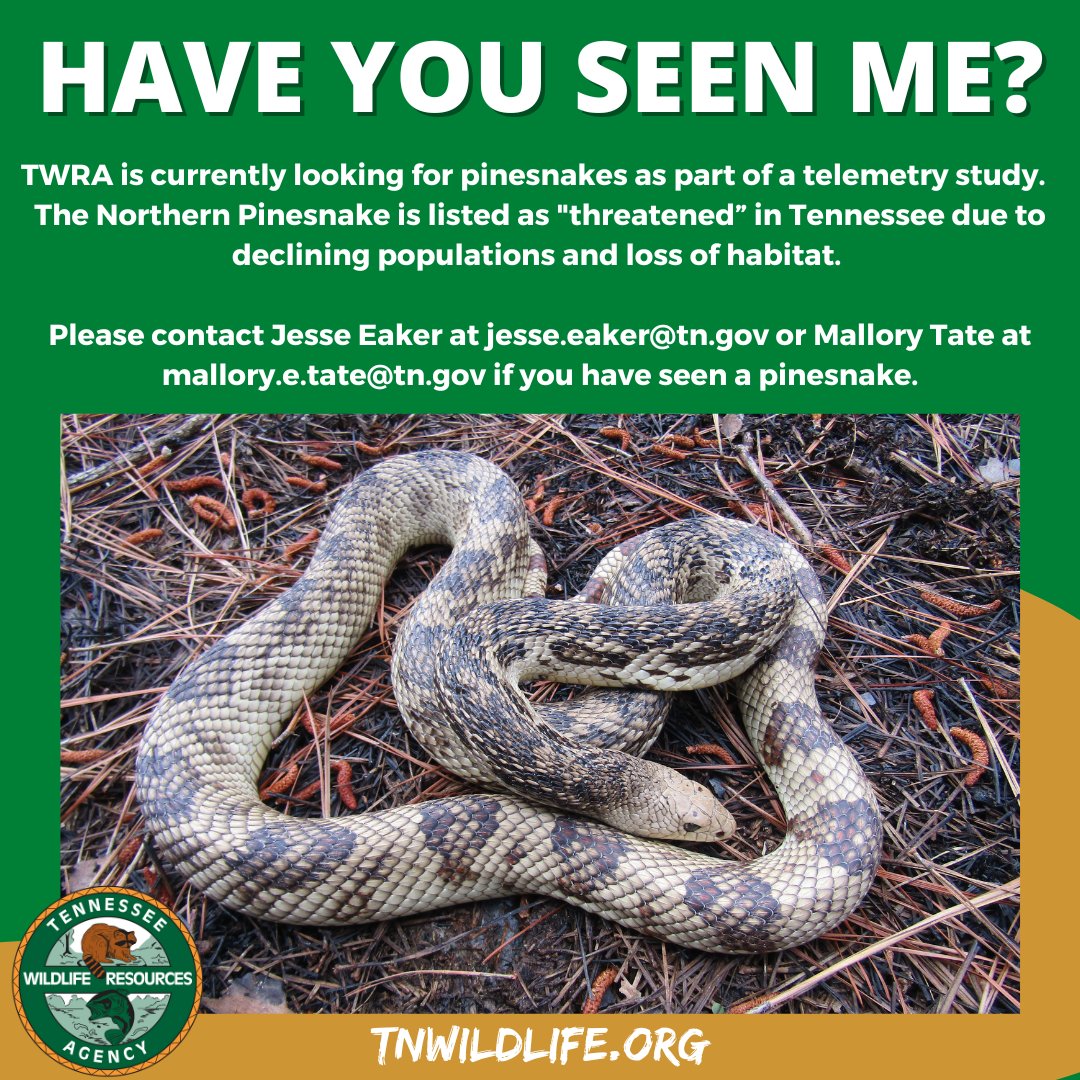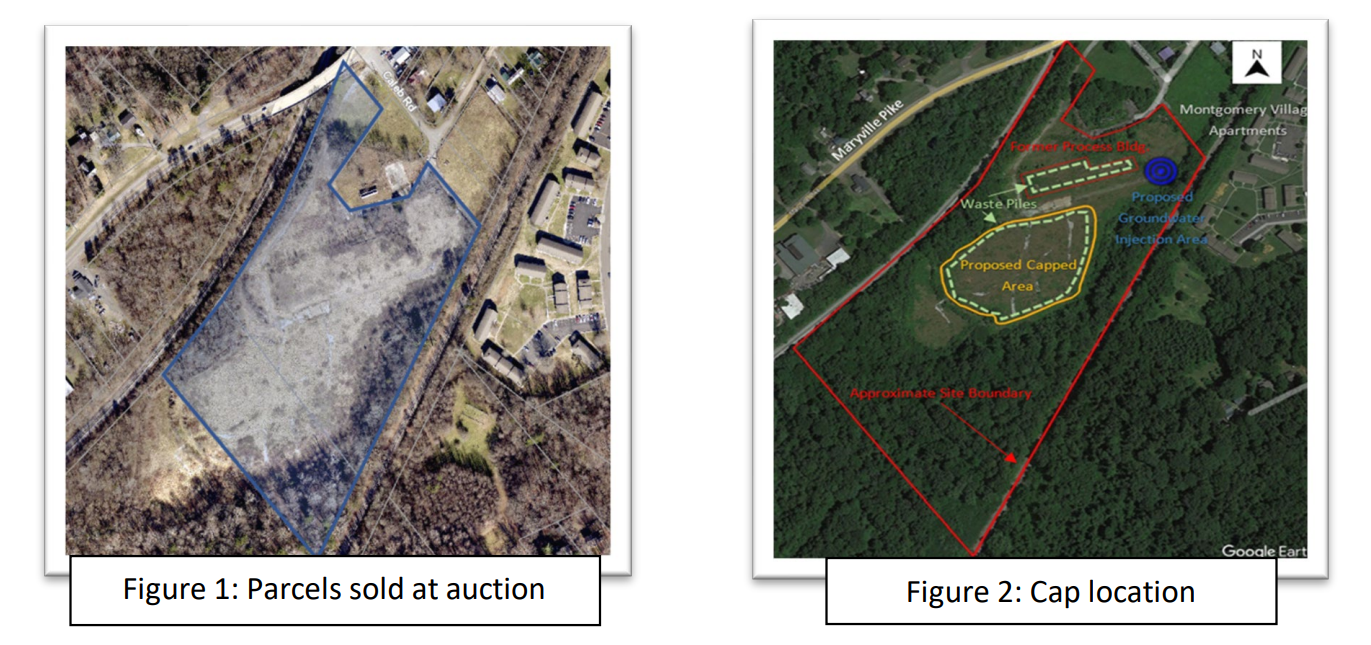Ben Pounds
Citizens continue call for TVA to adopt sustainable alternatives to coal plants
 Citizens are objecting to plans to replace the coal boilers at Kingston Fossil Plant with natural gas. Ben Pounds/Hellbender Press
Citizens are objecting to plans to replace the coal boilers at Kingston Fossil Plant with natural gas. Ben Pounds/Hellbender Press
Solar? Gas? Future of Kingston plant up in the air
KINGSTON — Tennessee Valley Authority is considering whether to go with gas or solar power after it closes the infamous Kingston Fossil Plant in Tennessee.
The plant has stood since 1955 in Roane County. The federal utility plans to close Kingston Fossil plant and is looking at ways to replace the power it generated. It’s asking the public for comments. The utility’s proposals center around replacing the power generated by the plant with either solar generation or natural gas. One option includes replacing the coal-powered plant at the site with a fossil gas plant.
TVA recently proposed to retire three units between 2026 and 2031 and the other six units between 2027 and 2033. Ash spilled from a dike at this plant in 2008. A lawsuit was recently resolved surrounding the health damage to people working on cleaning up the spill. TVA has identified trouble with starting up and shutting down the plant for power generation and technical issues with lower boilers as the reasons for closing the plant, not the spill.
ORNL scientists are plugging big leaks in the plastics recycling stream
 ORNL polymer scientists Tomonori Saito, left, and Sungjin Kim upcycled waste plastic to create a stronger, tougher, solvent-resistant material for new additive manufacturing applications. Ben Pounds/Hellbender Press
ORNL polymer scientists Tomonori Saito, left, and Sungjin Kim upcycled waste plastic to create a stronger, tougher, solvent-resistant material for new additive manufacturing applications. Ben Pounds/Hellbender Press
Thanks to an East Tennessee science powerhouse, recycling might become easier
This is the first in a series about ORNL’s Technology Innovation Program 2023
OAK RIDGE — Researchers at Oak Ridge National Laboratory developed a catalyst they say can break down a range of plastics, including polyesters, polycarbonates, polyurethanes and polyamides through a low-energy green process. In lay terms, the process can recycle many plastic-based carpets, ropes, other textiles, bottles, mattresses, protective equipment, car components and other things that weren’t previously easy to recycle into valuable chemicals.
Tomoronori Saito, a researcher at ORNL’s chemical sciences division presented some results of research at ORNL on July 14 as part of a symposium highlighting commercially valuable work that takes place at one of the country’s main science laboratories. Saito and fellow researcher Arif Arifuzzaman showed off plastics in varying levels of disintegration using their catalyst. It was part of the lab’s Technology Innovation Program 2023, promoting the lab’s research for possible business partnerships.
TWRA wants your data on Tennessee’s wild turkeys
 American wild turkey populations have recovered from historic lows. TWRA still needs help managing the modern populations. Courtesy Eric Lowery via Tennessee Wildlife Resources Agency
American wild turkey populations have recovered from historic lows. TWRA still needs help managing the modern populations. Courtesy Eric Lowery via Tennessee Wildlife Resources Agency
TWRA wants you to help build research on USA’s second bird
NASHVILLE — Benjamin Franklin only joked (we think) about making the wild turkey the national bird, but this summer you can help Tennessee with research on the turkey’s national history and renaissance.
Turkeys and bald eagles both grace the state and Southeast and have a notably parallel history of climbing from dire straits nationwide.
The bald eagle became the national symbol on the U.S. seal in 1782.
Declaration of Independence signer Franklin said he would have preferred a different bird. While he may have been joking, he never lobbied for it publicly. His comments in a letter to his daughter, Sarah, have become infamous.
“For my own part I wish the bald eagle had not been chosen as the representative of our country. He is a bird of bad moral character. He does not get his living honestly. You may have seen him perched on some dead tree, where, too lazy to fish for himself, he watches the labour of the fishing hawk; and when that diligent bird has at length taken a fish, and is bearing it to his nest for the support of his mate and young ones, the bald eagle pursues him, and takes it from him … the turkey is in comparison a much more respectable bird, and withal a true original native of America.”
- twra
- twra turkey
- wild turkeys in tennessee
- wild turkeys rebound
- wild turkey survey
- wild turkey rebound
- wild turkey ben franklin
- ben franklin
- bald eagle
- national bird of us
- tennesse wildlife resources agency
- national bird
- wild turkey population
- bald eagle population
- bald eagle history
- wild turkey history
- stephen bales
- thomas fraser
- ben pounds
If you see this vanishing snake alert the state

Help TWRA save our pine snakes
NASHVILLE — If you see a vanishing northern pine snake, biologists with the Tennessee Wildlife Resources Agency (TWRA) want to know.
One subspecies of the pine snake, (Pituophis melanoleucus melanoleucus), lives in Tennessee. The snake is considered “threatened” by TWRA due to habitat loss and fragmentation, road mortality, and humans who kill the snakes because they mistake them for timber rattlesnakes.
Brian Flock, biodiversity coordinator for TWRA, said the reports will help the agency find out about the threatened snakes’ habitat and behavior.
“For years we’ve tried to find them. Because of their secretive nature, they’re hard to find,” he said. “We don’t know in Tennessee where they live, how they move around, those kinds of things.” He said they mostly seem to exist in West Tennessee but have been spotted as far east as Knoxville. TWRA, he said, may use the public’s information to add radio tracking devices to the snakes.
Work is under way to clean up infamous South Knoxville Superfund site

EPA finally capping toxic waste at South Knoxville Superfund site
KNOXVILLE — The Environmental Protection Agency this week began putting a protective cap on the former Smokey Mountain Smelters site to control its pollution.
The EPA said the cap will protect nearby waterways by stopping stormwater runoff from combining with the toxic waste on site. Engineers and workers began the project the week of July 6.
By cutting it off from the stormwater, the EPA hopes to stop toxins from flowing away either through groundwater or runoff. The site is off Maryville Pike in South Knoxville. Caleb Properties purchased two of the site’s three parcels at the Delinquent Property Tax Sale on May 16. EPA is building the cap and storing the waste in the area Caleb Properties purchased. The agency stated Caleb Properties committed to “allocating a portion of the development of the site for community benefit,” and they’ll still have to work with the EPA’s remedy for cleanup.
Hellbender Press has reported on the cleanup sites and environmental legacies.
To critics’ dismay, TVA plans to replace coal with natural gas. The utility also plans to double its solar supply.

Citizens call on TVA to stop passing gas
KNOXVILLE — The Tennessee Valley Authority in coming years plans to add both natural gas and solar plants to its portfolio to meet what it says are rising energy demands.
TVA’s Board of Directors laid out the federal utility’s plan in a meeting at Norris Middle School in May. Environmentalists at a previous hearing criticized the utility’s focus on natural gas rather than renewables or other measures. Other people, largely tied to local power providers, argued that a switch to renewable energy would be unreliable.
TVA showed a map in a press release following the meeting, showing four proposed natural gas plants and two proposed solar plants. Two of those natural gas plants would be in Tennessee while the other two are planned for Alabama and Kentucky. It stated these new plants will total 3,800 megawatts. It also spoke of its System Operations Center, set to open in fall 2024 in Georgetown to manage the utility’s grid. TVA also stated a desire to research nuclear technologies.
“Our region is experiencing growth at six times the national average, which means we must invest in our current power system and build new generation so we can continue meeting our region’s demand,” said TVA president and CEO Jeff Lyash.
Several citizens criticized TVA’s focus on natural gas plants and new pipelines at the listening session May 9. Among them was Clinton resident and activist John Todd Waterman.
- tva board
- tva board meeting
- tva climate change
- tva fossil plant
- climate action
- climate change appalachia
- jeff lyash
- system operations center
- natural gas
- natural gas power plant
- natural gas environment
- natural gas bad?
- tva kingston
- tva bull run
- john todd waterman
- tva systems operation center
- dana moran
- sierra club natural gas plant
- mark kimbell
- gallatin department of electricity
- coal plant replacement
- natural gas vs coal
- investment in new fossil fuel infrastructure
- fossil fuel
- fossil fuel industry
- fossil gas power plant
- tennessee valley authority
- climate change
- tva solar energy
- solar energy
- solar energy in tennessee
Updated: Land-use debate in New Market highlights painful choices facing farmers and the public
 Katie Fleenor of Mattalyn Rogers Dressage rides training horse Asa at Dressage by the River 2023 at River Glen. Courtesy Mattalyn Rogers Dressage
Katie Fleenor of Mattalyn Rogers Dressage rides training horse Asa at Dressage by the River 2023 at River Glen. Courtesy Mattalyn Rogers Dressage
Nonprofit’s plan to purchase equestrian property faced opposition but raised important future farmland issues
UPDATE: The Jefferson County Regional Planning Commission rejected the proposal for a KARM facility citing zoning restrictions. Knoxville Area Rescue Ministries may still bring the proposal to the Jefferson County Board of Zoning Appeals.
NEW MARKET — Knoxville Area Rescue Ministries plans to purchase River Glen, a storied equestrian facility in Jefferson County, to eventually help disadvantaged clients overcome substance-abuse issues and societal disparities.
The proposal has detractors, but proponents cast it as a way to also ensure the continued operation of an established working horse farm and long-term site of equestrian events, especially dressage. The horses could even provide therapy.
The New Market debate also raises questions about aging U.S. farmers and ultimate disposition of their agricultural lands.
President and Chief Executive Officer of KARM Danita McCartney said her group plans to purchase 185 acres. In addition to its show-worthy horse facilities, the property borders the Holston River and retains a significant amount of forest along the river and sharp ridge lines.
The property’s owner, Bill Graves, spoke highly of the potential new owners and said he was selling the land largely because he wanted to retire from running the business.
The Jefferson County Planning Commission planned to discuss the nonprofit’s plan for the site at a meeting at 6 p.m. Tuesday, May 23 at the Courthouse at 202 W. Main St. in Dandridge.
- new market
- river glen
- river glen land use debate
- equestrian facilities in east tennessee
- horses and economy
- dressage in east tennessee
- karm
- knoxville area rescue ministries
- horse farm transition
- mattalyn rogers dressage
- knoxville dressage
- horse farms and environmental preservation
- mattalyn rogers horse trainer
- horse therapy east tennessee
- katie fleenor
- foothills land conservancy
- bill clabough
David Etnier, a legendary chronicler and advocate for lesser-known regional fish, dies at 84
![David Etnier]() Courtesy JR Shute
Courtesy JR Shute
Etnier left behind a legacy of research and ambitious students
KNOXVILLE — Dr. David Etnier, a professor at the University of Tennessee internationally known for his research on freshwater fishes and caddis flies, died May 17 at the age of 84.
Etnier, known as “Ets” to his students, joined the UT faculty in 1965 and retired in 2001. Three aquatic insect species he helped discover are named after him, and those are just three of the more than 410 insect species he helped discover.
Dairy cows pumped for new UT milking method
![IMG 6085]() Caretaker Kody Hash leads a tour and points out cattle with tags at the UT AgResearch and Education Center’s Little River Animal and Environmental Unit. Ben Pounds/Hellbender Press
Caretaker Kody Hash leads a tour and points out cattle with tags at the UT AgResearch and Education Center’s Little River Animal and Environmental Unit. Ben Pounds/Hellbender Press
Computer-based milking methods offer the best cream of the crop
WALLAND — The University of Tennessee is using a new automated system to milk cows in the hope it’s easier on the animals than previous mechanized techniques.
It’s the newest feature of the UT AgResearch and Education Center’s Little River Animal and Environmental Unit at 3229 Ellejoy Road in Blount County.
As part of the unveiling of the equipment on May 2, visitors watched a cow on video walk through a ribbon to reach the new machines.
The milking machines, developed by Netherlands-based Lely Corporation, allow for cattle to walk up to the machines voluntarily to get special food in what a UT news release called a more “stress-free environment.”
In the existential battle between Smokies swine and salamanders, the hogs have the upper hand
 Efforts to eradicate wild hogs, which have a damaging effect on salamanders and other communities in the Great Smokies, have been ongoing with mixed success for decades. National Archives
Efforts to eradicate wild hogs, which have a damaging effect on salamanders and other communities in the Great Smokies, have been ongoing with mixed success for decades. National Archives
Researchers quantify the effects of feral hogs on Smokies salamander populations
GATLINBURG — A recent study investigating the relationship between Great Smoky Mountains National Park’s beloved salamanders and its hated hogs concluded that the rooting of feral pigs decreases the abundance and diversity of Smokies salamanders.
Alexander Funk of Eastern Kentucky University said the effects of feral hogs on salamanders from the family plethodontidae were mixed and varied depending on the season.
Generally, across seasons and especially in the summer, the hogs’ foraging seemed to hurt salamander abundance and diversity. Funk is a student under Eastern Kentucky University’s Director for the Division of Natural Areas Stephen Richter but had help from Benjamin Fitzpatrick of the University of Tennessee at Knoxville. The study involved Funk going out late at night on Balsam Mountain in the spring, summer and fall of 2022.

